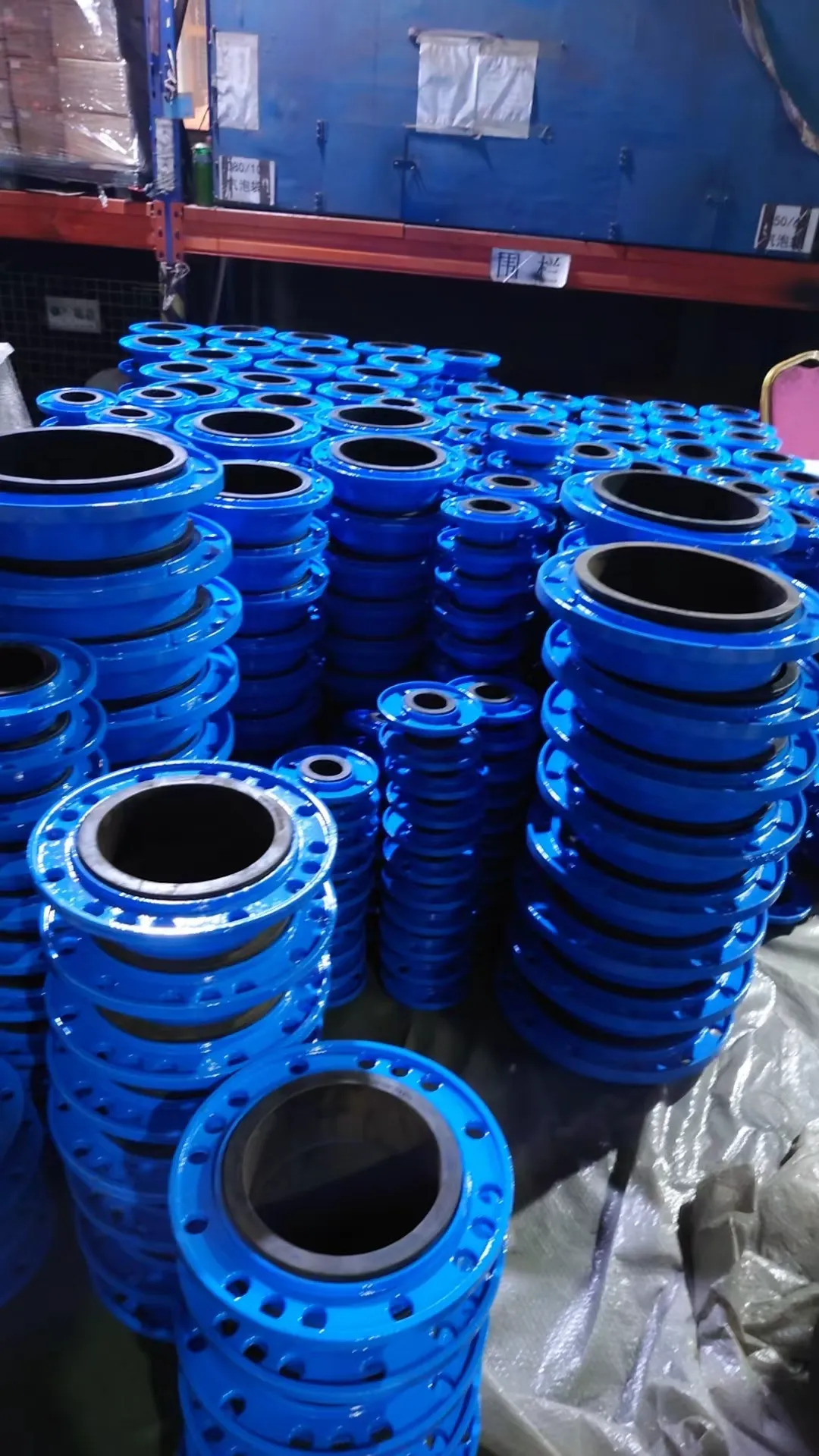Innovative Solutions for Efficient Drainage and Gully Management Systems
Understanding Drainage Gully Grids Importance and Implementation
Drainage gully grids are essential components of urban infrastructure, designed to manage stormwater and prevent flooding in streets and other developed areas. The efficient management of rainfall runoff is crucial for maintaining public safety, ecological health, and the overall functionality of urban environments. In this article, we will explore the design, importance, and implementation of drainage gully grids.
What is a Drainage Gully Grid?
A drainage gully grid is a type of surface drainage system that collects and channels stormwater from streets, parking lots, and other impervious surfaces into the underground drainage network. Typically made from materials such as cast iron or stainless steel, these grids often feature a series of bars or slats that allow water to pass through while preventing debris, leaves, and other larger objects from entering the drainage system. This is crucial in maintaining the efficiency of the drainage system and preventing blockages.
Importance of Drainage Gully Grids
1. Flood Prevention One of the primary purposes of drainage gully grids is to prevent flooding in urban areas. During heavy rainfall, streets can quickly become inundated with water, leading to dangerous conditions for vehicles and pedestrians. Gully grids help to redirect this excess water, allowing for faster drainage and reducing the risk of localized flooding.
2. Water Quality Improvement By effectively collecting runoff, drainage gully grids can also play a role in water quality management. When properly designed, these systems can incorporate features like sediment traps and oil separators to filter pollutants before the runoff enters larger water bodies. This is especially important in urban settings where stormwater can carry significant amounts of oil, heavy metals, and other contaminants.
3. Erosion Control The rapid flow of stormwater can lead to soil erosion, damaging landscapes and contributing to sedimentation in nearby rivers and lakes. Gully grids help manage water flow, thereby reducing the velocity of runoff and minimizing erosion risk.
4. Public Safety By preventing water accumulation on roads, drainage gully grids enhance public safety. Wet and slippery surfaces can lead to accidents, and standing water can pose hazards. Gully grids ensure that water is promptly redirected away from travel paths.
drain gully grid

5. Sustainable Urban Development As city populations continue to grow, the importance of sustainable drainage solutions becomes increasingly critical. Gully grids are a part of a holistic approach to urban planning that aims to balance development with environmental stewardship. They can be integrated into green infrastructure designs, promoting sustainable practices in urban settings.
Implementation Considerations
When installing drainage gully grids, several factors must be considered to ensure their effectiveness
- Location Properly assessing the geographical layout of the area is vital. Gully grids need to be strategically placed to maximize stormwater collection and prevent overflow in high-risk areas.
- Capacity The size and design of the gully grid should be adequate to handle expected rainfall amounts and runoff volumes. Local regulations often provide guidelines on sizing based on historical data.
- Maintenance Regular maintenance is essential for the long-term effectiveness of drainage systems. This includes cleaning the grids to remove debris and prevent blockages, as well as inspecting the underlying drainage pipes for signs of wear or damage.
- Public Education Educating the community about the importance of keeping gully grids clear of debris can greatly enhance their functionality. Local campaigns can highlight the role residents play in maintaining drainage systems.
In conclusion, drainage gully grids are a vital aspect of urban infrastructure that aids in stormwater management, flood prevention, and public safety. Through thoughtful design and community involvement, these systems can significantly contribute to sustainable urban development, ensuring that cities are resilient in the face of changing weather patterns and increasing impervious surfaces. As urban planning continues to evolve, drainage gully grids will undoubtedly play a prominent role in creating safer and more sustainable environments for future generations.
-
The Smarter Choice for Pedestrian AreasNewsJun.30,2025
-
The Gold Standard in Round Drain CoversNewsJun.30,2025
-
The Gold Standard in Manhole Cover SystemsNewsJun.30,2025
-
Superior Drainage Solutions with Premium Gully GratesNewsJun.30,2025
-
Superior Drainage Solutions for Global InfrastructureNewsJun.30,2025
-
Square Manhole Solutions for Modern InfrastructureNewsJun.30,2025
-
Premium Manhole Covers for Modern InfrastructureNewsJun.30,2025
